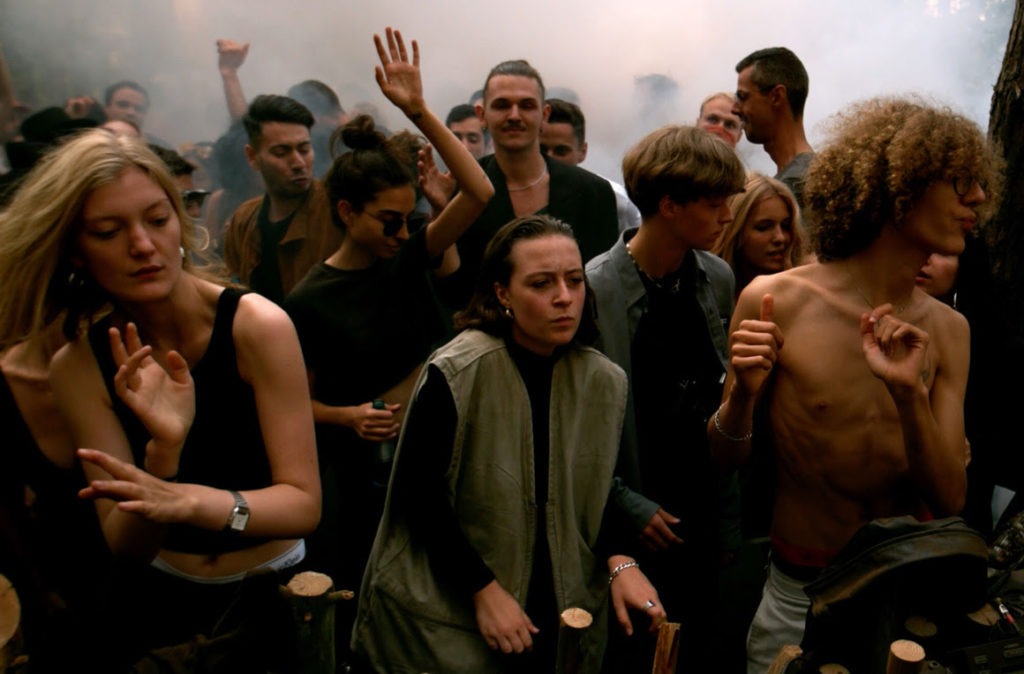L’Opera Ballet of Flanders programs at the end of the 21/22 season a little-known piece from the romantic repertoire: Robert Schumann’s Faust, which is an oratorio based on Goethe’s mythical work. This Flemish version is directed by the extraordinary Philippe Herreweghe, with videos by German visual artist Julian Rosefeldt.
Faust’s Redemption
Composed between 1844 and 1853, the Scenes from the life of Faust by Robert Schumann draw on Goethe’s play and the story of Dr. Faust’s pact with the devil with Mephisto, to offer in 7 scenes an oratorio all the more inhabited by religion. Considered the pinnacle of Schumann’s theatrical music, the piece develops excerpts from Goethe’s text to stretch them into 7 scenes which are ultimately more interested in the redemption of Faust than in the terrible pact he agrees to sign. The fall is short, the redemption stretches, especially since between each scene, the orchestra majestically takes its time. The effect is deeply spiritual, as if this secular-themed oratorio is more deeply Christian than those rooted in the Bible. Well, we regret a little the tavern, the picaresque roots and all the confusion that Goethe’s text can cause once deprived of all the ambivalence and all the mud of the human soul, but it is objectively beautiful, soothing, sacred, and the finale which takes up the famous quote “The eternal feminine draws us upwards” is a real transfiguration.
A beautiful moment of music
Directed by Philippe Herreweghe, the Orchester de l’Opéra des Flandres presents a complex, intense work, which points to both Bach and Mendelssohn, which allows us to discover superb voices in particular Eleanor Lyons in Margarete, so powerful that next door, Rafael Fingerlos in Faust seems erased. Lore Binon as a sinner and Sam Carl as Mephisto are also outstanding. But the real stars of oratorio are the choirs. There are no less than three on stage: the choir of the Opera, the Collegium Vocale Gent de Herreweghe and also the children’s choir of the Opera, which is striking.
Images, but no staging
The music, sometimes bucolic, sometimes more solemn, unfolds scenes from Faust for two hours of great spirituality. We could have stopped there. The Flanders Opera Ballet went further and proposed a visual universe around the work: it entrusted the movements of the choirs to the choreographer Femke Gyselinck who worked 8 years with Anne Teresa De Keersmaeker, and in the center on a large screen, the video was given to the German visual artist Julian Rosefeldt. Some images are beautiful, especially the videos of the second half of the performance, which report in slow motion the faces and bodies of young people in ecstasy during a rave party in the undergrowth. But others are more banal (the radiant sun, the sand of the desert…) and even if it’s beautiful, we don’t really understand the link to Goethe and Faust with which Schumann identified himself in his quest for the absolute. As for the masses of singing bodies and faces on stage, the choreographer does not manage to make them express anything. The bias of the sports course, jogging as a uniform and changes of clothes on apparent gantries do not bring anything. It is finally seated wisely under the screen that the bodies come together and manage to express a certain sacredness of humanity. If the project was to offer a visual universe as a setting for Faust, there is certainly a need for someone to make the link between the bodies and the screen. There remains the video, a pretty idea of a red curtain to wrap them up to 2/3 and a salute in front of a completely elegant mirror.
Faust is therefore to be discovered for its choirs and its music, even if it means being lulled by the light of a video which tries to bring the pact with the devil back to our 21st century, which is more spiritual than it seems. To see in Antwerp, so until July 2. Reservations here.
visual(c) Annemie Augustijns / Opera Ballet Vlaandern

